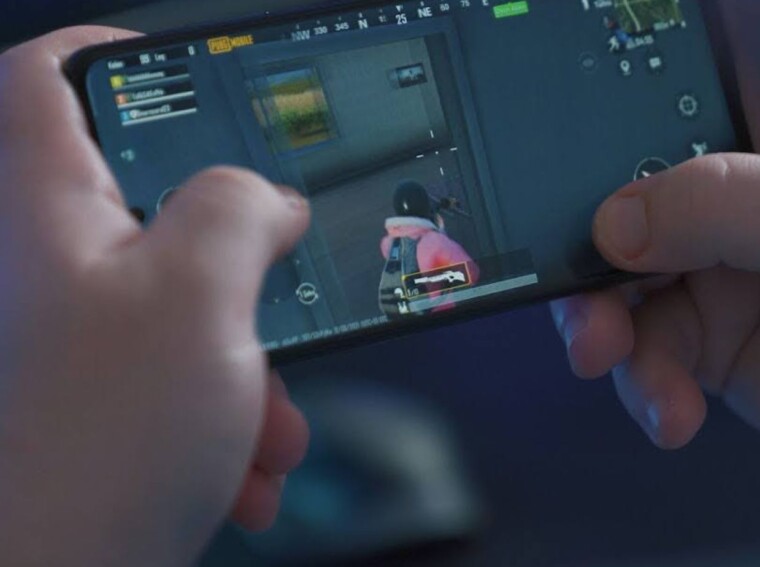Every time someone picks up a digital game, they join millions of others who are drawn in by more than just sharp visuals or fast reflexes. A huge part of what keeps players coming back is how the games are designed to feel fresh, exciting, and unpredictable.
Behind the scenes, game developers rely on algorithms to carefully manage risk and reward. It’s not just about difficulty, or about how good the graphics look, it’s about delivering just enough randomness to keep players engaged. One moment you win, the next you nearly do, and it’s that tension that creates an itch to keep going. Playing online poker at sites like Coin Poker is a great example of this: it blends skill, timing, and a healthy dose of unpredictability that keeps even experienced players on their toes. One hand can swing the entire game, and that sense of real-time risk is exactly what keeps people coming back for more. This blend of chance, challenge, and curiosity makes digital games more than just play; it makes them sticky.
The Science Behind Why Games Hook You In
People play games for a mix of reasons, but neuroscience sits right at the center. Whenever you finish a level, score a critical hit, or unlock a rare item, your brain reacts. These actions set off a cascade of chemicals that reinforce your urge to keep playing. The most important one? Dopamine. It’s that powerful little neurotransmitter that lights up your brain’s reward system and makes things feel good.
Dopamine and the Feel-Good Feedback Loop
The brain’s reward system fuels most behaviors that feel good, and games are no exception. Each time you unlock something new or survive a tough challenge, the brain fires off dopamine in a part of the brain called the ventral striatum. Some research even shows that dopamine levels can double during gaming, which is a pretty big deal.
Game developers know this, and they build experiences around it. They space out achievements just right: not too often, not too rare. This rhythm of reward is why so many players keep coming back for more. Long-term gamers can even show changes in their brain structure, like extra gray matter in reward-related regions. Some clinics even use game-style challenges to help boost focus and motivation.
It’s Not Just the Win, It’s the Wait Before It
Here’s something that surprises a lot of people: your brain doesn’t just light up when you win. It fires up during the wait, during the uncertainty. Games are loaded with these moments on purpose. That treasure chest? That loot box? That final card in an online poker match? They’re built to trigger anticipation, because anticipation gets your dopamine system firing before anything even happens, which is perhaps why roughly 61% of Americans play games weekly.
This concept is called “variable rewards,” and it’s basically gaming’s secret weapon. You never know when the next big drop is coming, which makes each moment feel more exciting than the last. The thrill of the unknown is baked into how these games work.
Why Risk and Reward Keep You Locked In
Games aren’t just handing out gold stars. They’re setting up little moments of tension and release, just enough to keep your attention sharp. You make a decision, take a chance, and hope the outcome lands in your favor. Even when it doesn’t, that near-miss feeling makes you want to try again. The cycle just keeps going.
Surprise Wins, Sudden Losses, and Why They Work
Think about it: you open a chest and get something rare. Or maybe you just barely miss unlocking a new level. That little spark of hope is something we crave. Games borrow a lot from iGaming psychology. Slot machines have been using this approach for years, and games like

Candy Crush have been learning from those, too.
These little surprises hit harder than guaranteed wins because they aren’t expected. And because they don’t happen every time, you’re more likely to keep chasing them.
The Stuff That Keeps You Logging In
Daily missions, timed rewards, loot boxes: they’re all there to give you something new to chase. And it works. Players come back again and again because the games are structured to drip-feed just enough incentive. Even the frustration of almost winning can be enough to pull someone back in.
Games also adjust how hard things feel, depending on how you’re playing. This is called adaptive difficulty. It means the game stays challenging but not impossible, which helps keep you in that sweet spot where you feel motivated to keep going.
The Players Who Stick Around
Every game has its dedicated fans; those who log in day after day, chasing leaderboards, mastering mechanics, or simply collecting rewards. These long-haul players are often the ones discovering every secret, completing every challenge, and showing up for every update.

A smaller percentage of players go even further, diving into competitive modes, modding communities, or high-skill rankings. These are the people who turn gaming into something closer to a lifestyle. Their commitment drives game communities forward, sparks discussion, and often influences future content.
How Social Features and Rewards Boost the Experience
Today’s games thrive on connection. Whether it’s teaming up for co-op missions, trading items in-game, or just joining a daily login streak with friends, social rewards turn solo play into shared moments. Many players return not just for the game itself, but because their community is there too.
Timed challenges, seasonal events, and rotating game modes keep the experience feeling new. Add in achievement badges, custom skins, or unique emotes, and it’s easy to see why players want to check in regularly. Every session has the chance to bring something cool, unexpected, or memorable.
